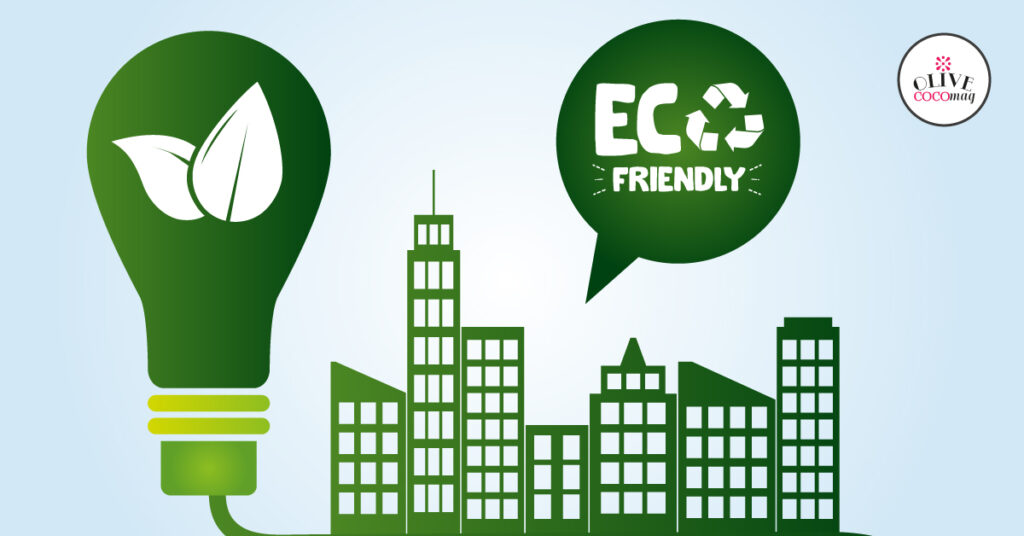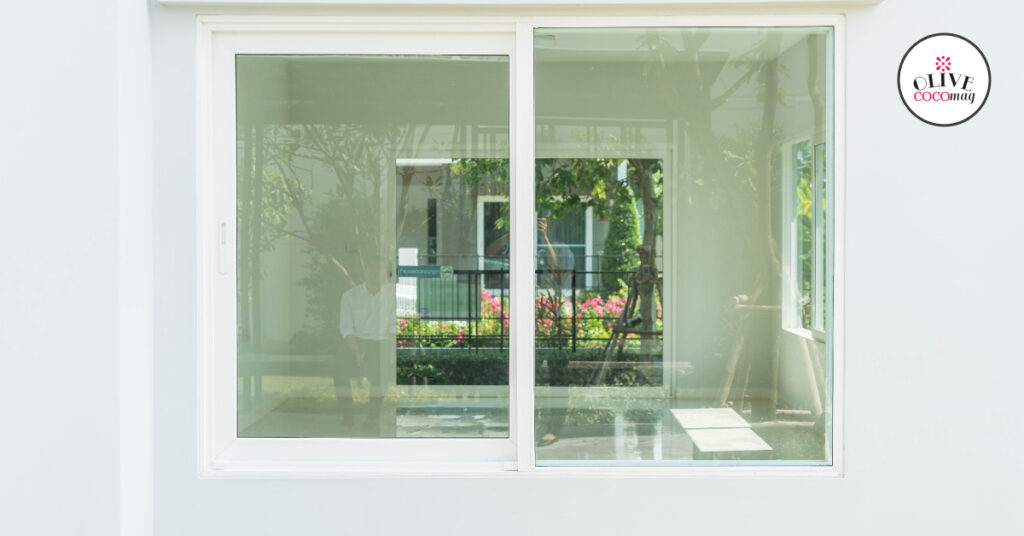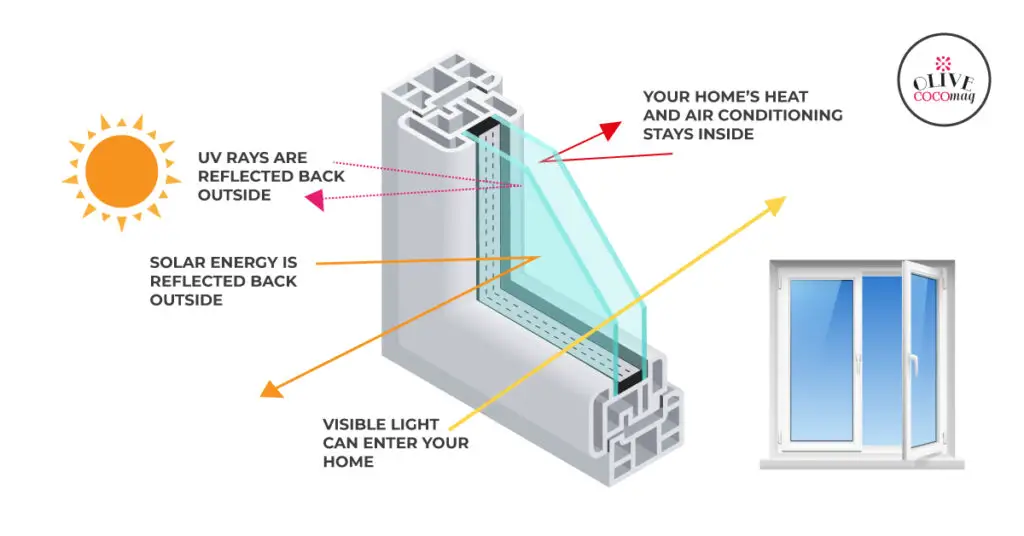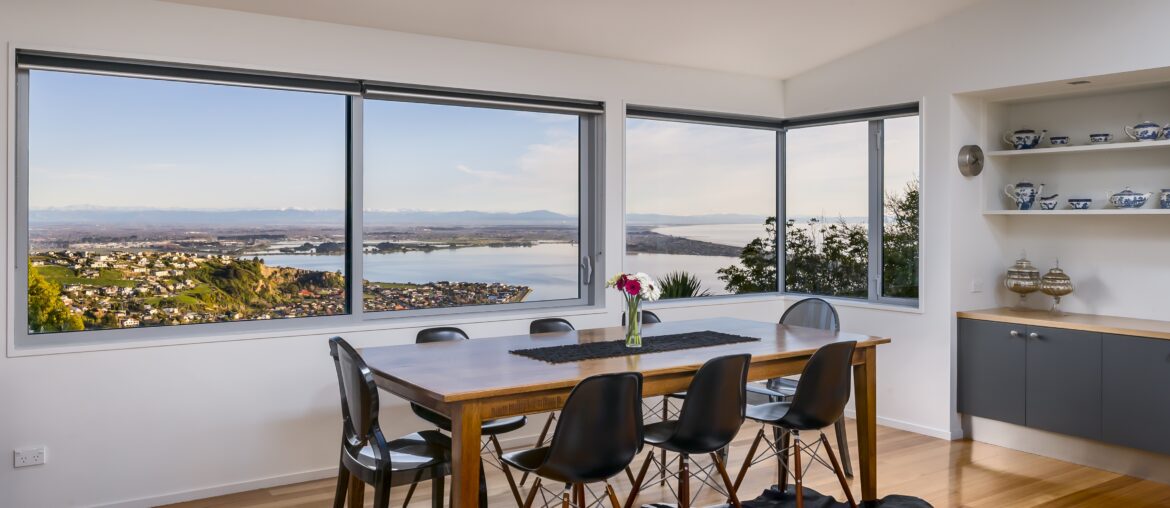The energy consumption between low E window films and standard windows creates a wide difference. This is because the windows of buildings are a major component that creates over 60% of the energy loss. Especially in large commercial buildings, the emissivity or the thermal performance of a window film can impact energy consumption. Therefore, the energy consumed depends on the number and the size of the windows. It also depends on the type of window film installed and the overall performance. The windows are being used all year round, under different climatic conditions. So, depending on warm and cold seasons, both heating and cooling conditions need to be considered.

As stated by the U.S. Department of Energy, inefficient windows are accounted for 25% to 35% energy wastage of buildings. The heat gained through windows is the reason for over 40% of the cooling requirement in the buildings. So, it is necessary to make windows energy-efficient as much as possible. This can be done either by installing efficient window films to increase the performance of windows or by replacing leaking windows with advanced ones. Therefore, it is beneficial to know the different performances of window films to decide which type suits best for your application.
Table of Contents
Choosing the Best

To choose the ideal window film, it is necessary to get a sound knowledge of both types of window films available. It is essential to compare the prices, benefits, and drawbacks of the two types. Through this, a proper idea of the working mechanism of these films can be obtained. Different buildings have different requirements. Some buildings might need to keep their interior cool with the help of window tints.
Then, a window film with a high emissivity value needs to be used. The cost might vary depending on the emissivity of the film. Some users would see this as a good investment for the building, while others may see this as an expensive product. However, to decide what you really want, let’s have a proper idea about these two types of window films.
Standard Window Films

Let’s identify the various characteristics and parameters of standard window films.
Emissivity
Emissivity is the factor that determines the insulation performance of the window films. The standard window films have a range of emissivity from 0.7 to 0.81. This implies that an amount of 19% to 30% heat is reflected back to the interior. Therefore, the heating costs are reduced.
Cost per Square Foot
The installation methodology of these two window films is the same. However, the prices and the warranties vary. This is because the functions of the two films are different. The total cost of installation of standard window films is between $4 and $6 per square foot. The time of warranty offered is from 10 to 18 years.
ROI
The Return on Investment of a window film depends on certain factors. The energy consumption of buildings varies with the type of film, the number of windows, and the available cooling systems of the buildings.
The external furnishings such as curtains and the availability of adjacent buildings would also affect this. The standard window films provide general reflectivity and lower reflectivity. These two types have different ROIs. The standard reflective films have ROI from 2 to 5 years, while the lower reflective films have ROI from 3 to 6 years.
Visibility
The visibility of most window films is considerably high. But sometimes this would get less due to tints and other specifications. If a window film has a low visible light transmission than 20%, then the outside view might appear to be dark and dim. The standard window films would need to have external blinds or curtains to reduce the reflection of sunlight. Some reflective films can even produce glare.
Installation Process
Standard window films are installed on the inner side of the windows. Therefore, the building occupants would have to move away for some time from near the window, until the installation is completed. This would sometimes be a task of few minutes, depending on the window. The windows are cleaned and prepared by the installers. If necessary, the furniture and other equipment would be covered by cloths.
The process of installation is a fairly silent procedure and would not be too intrusive for occupants. After the film is installed, the occupants can move back to their original positions. The film would take somewhere between few days to a month, to completely dry, cure, and get adhered to the window glass completely. This might vary, depending on the seasons and climatic conditions. It is recommended not to place any objects on the windows until the film is completely cured.
Low-E Window Films

The characteristics of the low emissivity films can be described as follows.
Emissivity
The emissivity of low emissivity films has a specified rating of 0.33. This means that 67% of the heat is reflected back into the interior of the building. The most recent Low-E films have a rating as low as 0.07 which implies 93% of heat reflects back. Therefore, Low-E window films are ideal for low energy consumption.
Cost per Square Foot
The total installation cost of Low-E window films ranges from $5 to $8 per square foot. The warranty duration is from 7 to 15 years.
ROI
The Return on Investment of low emissivity films is typically from 2 to 5 years. This is a faster return when compared with the standard window films. The reason is the higher emissive value.
Visibility
The low emissive window films are almost invisible and highly transparent. The previous versions of the low E films have a visible and iridescent shimmer when installed close to energy-efficient light bulbs such as compact fluorescents. These films minimize the heat allowed through the windows.
Installation Process
The installation process of Low-E window films is as same as the standard window films.
Learn more about the installation of window films from How to Tint Windows. Sometimes, if there are window films on the windows that need to be removed, then these are removed by following a simple procedure. You can read about this on How to Remove Window Tint.
Low-E Double-Pane Window Films

Emissivity
The emissivity of these window films ranges from 0.02 to 0.20. This means that 80% to 98% of the heat would be reflected back during winter. This very low emissivity is the best advancement in insulating performance and creates the warmest glass temperatures for cold seasons. This creates high occupant comfort.
Cost per Square Foot
The cost of removing the current dual pane windows and replacing them with new dual pane low E glass costs a total installation cost of around $40 to $55 per square foot. Even though this may be a costly initial investment option, it saves a greater amount of energy than other types of window films. The warranty would be around 10 years.
ROI
The Return on Investment of these window films is in the range of 20 to 30 years. This is merely for the replacement of the glass and the window frame replacement is not included in this consideration. If the replacement of the window frame is also required, then the cost would increase and the payback would be longer.
Visibility
Similar to the low E window films, these are also designed to be spectrally selective and reflect back unwanted IR rays. The visible light is passed in abundance to the interior of the building. Extra heat will not be allowed to enter through these window films. The higher performance of window films is managed through solar control. This has less visible light reflectance and more transmission of visible light. However, too much extra visible light can cause glare.
Installation Process
As in the previous window film installation, the occupants need to move away from the windows until the installation is completed. Since the existing windows need to be removed, this would be more time-consuming than the previous incidents. Hence, the time consumption would depend on the size and number of windows. It would generally take between 20 and 60 minutes to install a single window.
Overall Comparison

Whether the window films are replaced or new windows are installed, this would be a smart decision in saving the energy costs of your building. The above comparisons show that the latest types of Low-E window films have highly transparent films that allow abundant natural light.
This also minimizes heat at the same time. Low emissive films are more expensive and the warranty is lesser than that of standard reflective films. In general, both these window films are suitable for reducing energy consumption costs. There are certain health benefits of window films that are very important. These UV-blocking window films reduce the risk of skin damage and eye defects. Solar control films would be the best option for the reduction of these health effects in both residential windows and commercial building windows.
However, the choice should be done by considering personal preferences, affordability, and customization. The differences in performance, initial costs, ROI, visibility, and the installation process are the major concerns that are required for proper decision-making. Therefore, make use of the differences discussed here in choosing the ideal type of window film for your building.







